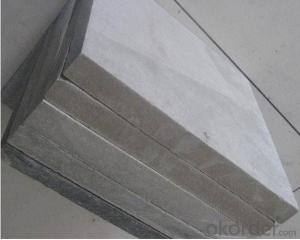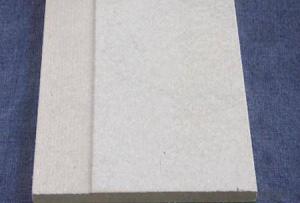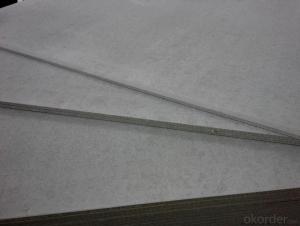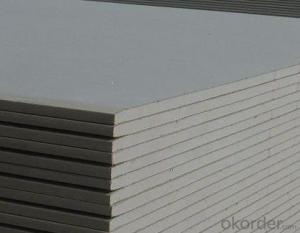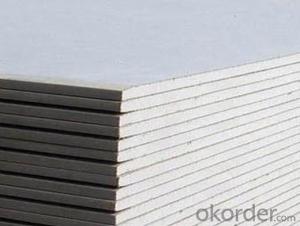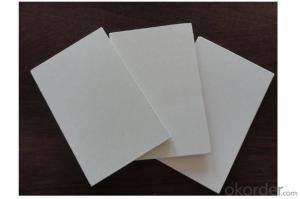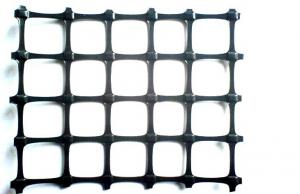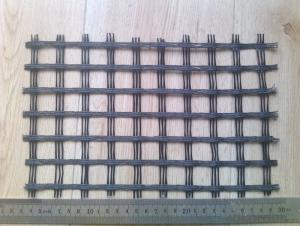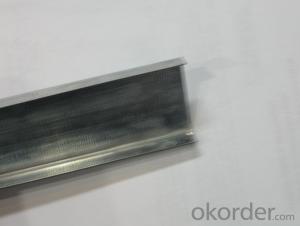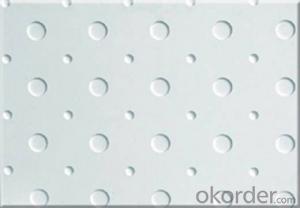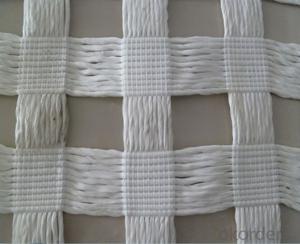Geogrid Retaining Wall Cost
Geogrid Retaining Wall Cost Related Searches
Best Stainless Steel For Knives Primer For Galvanized Steel H S Code For Stainless Steel Wd 40 For Stainless Steel Spray Paint For Stainless Steel Glue For Stainless Steel Stainless Steel For Bbq Step Bit For Stainless Steel Sponge For Stainless Steel Coatings For Stainless SteelHot Searches
Steel Mesh Panels For Sale Price For Stainless Steel Scrap Scrap Price For Stainless Steel Price For Stainless Steel Stainless Steel Tank For Sale Cheap High Tea Sets For Sale Stainless Steel Tanks For Sale Stainless Steel For Sale High Density Fiberboard For Sale Solar Hot Water Collectors For Sale Scaffolding For Sale In Uae Scaffolding For Sale In Ireland Scaffolding For Sale In Houston Type Of Inverter For Solar Price Of Shipping Containers For Sale Types Of Inverter For Solar Stock Price For Aluminum Used Solar Inverter For Sale Portable Led Signs For Sale Used Foam Board Insulation For SaleGeogrid Retaining Wall Cost Supplier & Manufacturer from China
Okorder.com is a professional Geogrid Retaining Wall Cost supplier & manufacturer, offers integrated one-stop services including real-time quoting and online cargo tracking. We are funded by CNBM Group, a Fortune 500 enterprise and the largest Geogrid Retaining Wall Cost firm in China.Hot Products
FAQ
- What is the purpose of using the three - way geogrid in the gravel layer
- So that the crushed stone layer is more solid and meets the design requirements.
- What is the difference between unidirectional geogrid and two-way geogrid
- An efficient stress transfer mechanism is formed, so that the local load can be quickly and effectively spread to a large area of soil, so as to achieve the purpose of reducing the local failure stress and improving the service life of the project.
- Who can elaborate on the highway construction steps, as well as laying materials, the more detailed the better!!!
- TGS-D20-20 TGS-D30-30 TGS-D40-40 TGS-D50-50 warp knitted polyester geogrid TGS-D50-35 TGS-D80-50 TGS-D80-80 geocell TGGS100-400 TGGS150-400 TGGS200-400; composite geomembrane specification: a film of a cloth, a cloth film two. 200 grams, 1500 grams of standard (three layer) three-dimensional vegetation net products are mainly used in highway, railway, water conservancy, electricity, water and soil conservation and environmental greening and infrastructure, has been widely used in the national key project of highway and railway etc.
- What is the difference between Geogrid and geogrid
- Glass fiber mesh used in exterior wall, interior wall paint, mainly to prevent cracking, different materials at the junction of mortar plastering material hollowing. Local node reinforcement will also be used. Geotextile has excellent filtration, drainage, isolation, reinforcement, seepage prevention, protection, light weight, high tensile strength, good permeability, high temperature resistance, anti freezing, anti-aging, corrosion resistance. Common non-wovenUsed in the water layer, polyethylene polypropylene fiber waterproof is also used.
- Classification of plastic geogrid
- Three, the application of one-way plastic geogrid:Unidirectional plastic geogrid is a kind of high strength geosynthetics. Widely used in dams, tunnels, docks, highways, railways, construction and other fields.Three, one-way plastic geogrid its main purposes are as follows:1 strengthen the roadbed, can effectively distribute the diffusion load, improve the stability and bearing capacity of the roadbed, prolong the service life;2 can withstand greater alternating load;3 to prevent the roadbed material loss caused by roadbed deformation, cracking, one-way plastic geogrid4 to make the retaining wall after the filling capacity, reduce the earth pressure of retaining wall, save cost, prolong service life, and reduce maintenance costs;5 combined with spraying anchor concrete construction method for slope maintenance, not only can save 30% - 50% investment, but also can shorten the construction period more than doubled;6 in the roadbed and surface of the road to join the geogrid, can reduce the deflection, reduce the rut, the delay time of 3 to 9 times, can reduce the structure layer thickness of up to 36%;7 applies to all kinds of soil, no need to draw materials, save time;8 the construction is simple and quick, can greatly reduce the construction cost.
- The effect of confinement on geogrid performance is generally positive. Confinement refers to the lateral pressure applied to the geogrid by the surrounding soil or aggregate material. This confinement helps to enhance the geogrid's stiffness, tensile strength, and overall performance. It improves the geogrid's ability to distribute loads, reduce deformation, and increase soil stability. Confinement can significantly enhance the geogrid's ability to reinforce and stabilize soil structures, such as retaining walls, slopes, and embankments.
- One potential drawback of using geogrids is the high cost associated with their installation and maintenance. Geogrids are typically made from synthetic materials, which can be expensive to produce and purchase. Additionally, the installation process often requires specialized equipment and skilled labor, further increasing the overall cost. Another drawback is the limited effectiveness of geogrids in certain soil conditions. Geogrids are typically designed to enhance soil stability and reinforce weak or unstable soils. However, in cohesive soils or highly organic soils, geogrids may not provide the desired level of reinforcement. In such cases, alternative solutions or additional measures might be necessary. Moreover, geogrids require proper design and careful installation to ensure their effectiveness. If not installed correctly, geogrids may not perform as intended and could potentially fail. This could result in the need for costly repairs or replacements. Lastly, geogrids may have environmental concerns associated with their production and disposal. Synthetic materials used in geogrids are not biodegradable and may contribute to pollution if not properly managed. Additionally, the manufacturing process of these materials often involves the use of fossil fuels and can generate greenhouse gas emissions. Overall, while geogrids offer numerous benefits in terms of soil reinforcement and stabilization, it is important to consider their drawbacks, including high cost, limited effectiveness in certain soil conditions, installation requirements, and potential environmental impacts.
- The tensile strength of a geogrid refers to its ability to resist stretching or breaking under tension or pulling forces. It is typically measured in units of force per unit of cross-sectional area, such as pounds per square inch (psi) or kilonewtons per square meter (kN/m²). The specific tensile strength of a geogrid can vary depending on its material composition, design, and manufacturing process.

